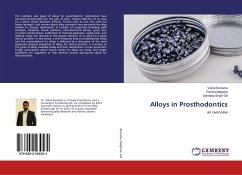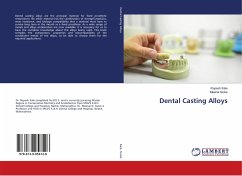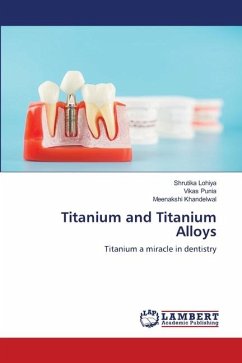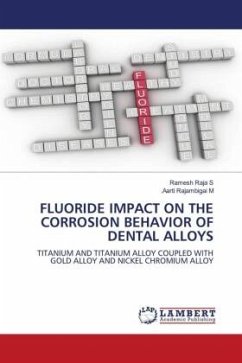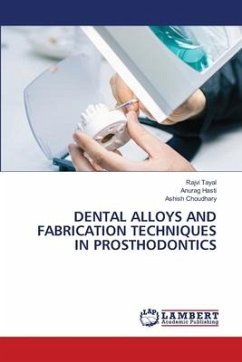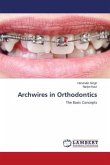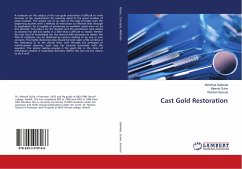The numbers and types of alloys for prosthodontic restorations have increased dramatically over the past 25 years, making selection of an alloy for a given clinical situation difficult. Factors such as cost, the need for better strength, and worries about alloy corrosion have pressured the alloy market to change significantly. A number of properties--including yield strength, hardness, elastic modulus, microstructural phases, grain size, corrosion performance, coefficient of thermal expansion, oxide color, and melting range--are relevant to the proper selection of an alloy for a given clinical problem. In this article, a brief historical look at prosthodontic alloys and the nomenclature for alloys is followed by a discussion of the most important physical properties of alloys for clinical practice. A summary of the types of alloys available today and their classification is then presented. Finally, speculations about future trends for alloys are made, and simple guidelines are suggested to help dentists choose appropriate alloys for their practices.
Bitte wählen Sie Ihr Anliegen aus.
Rechnungen
Retourenschein anfordern
Bestellstatus
Storno

